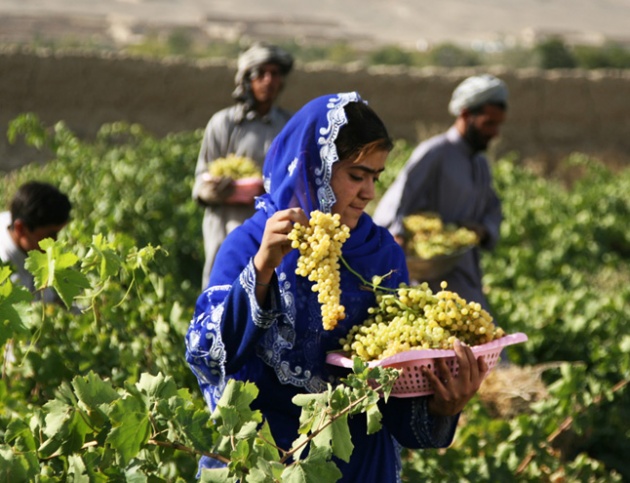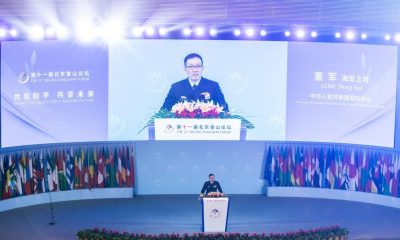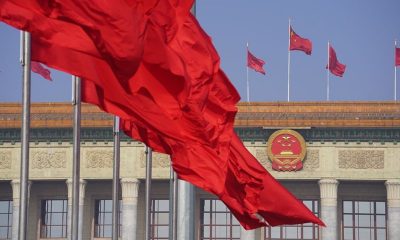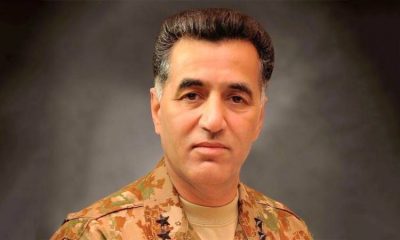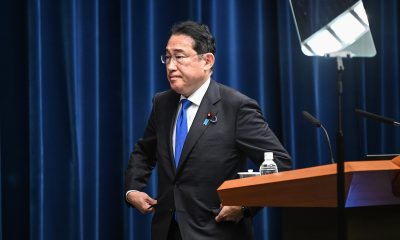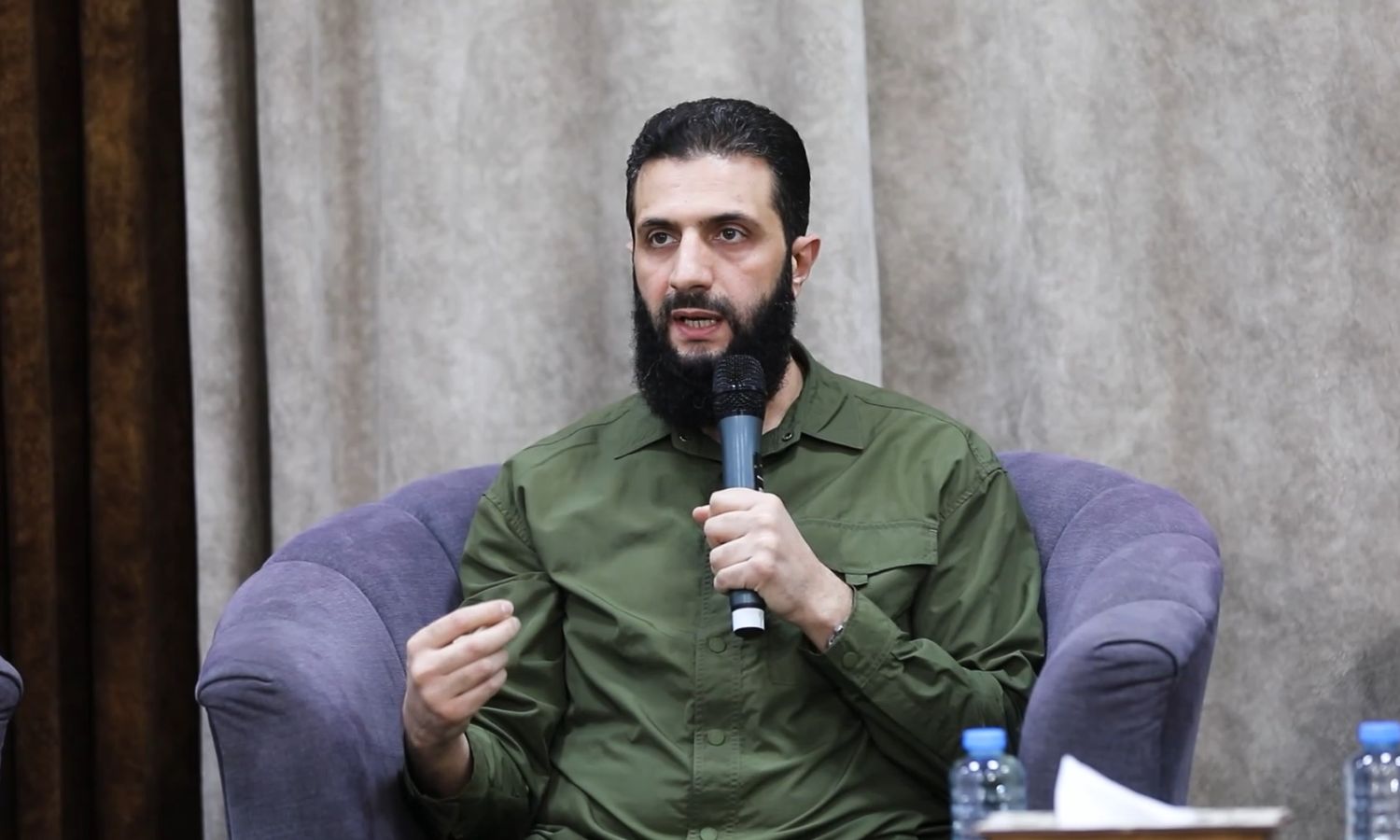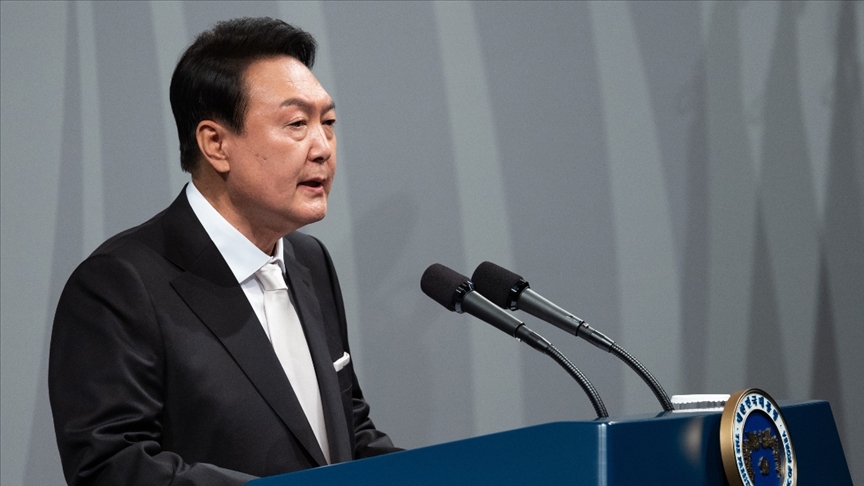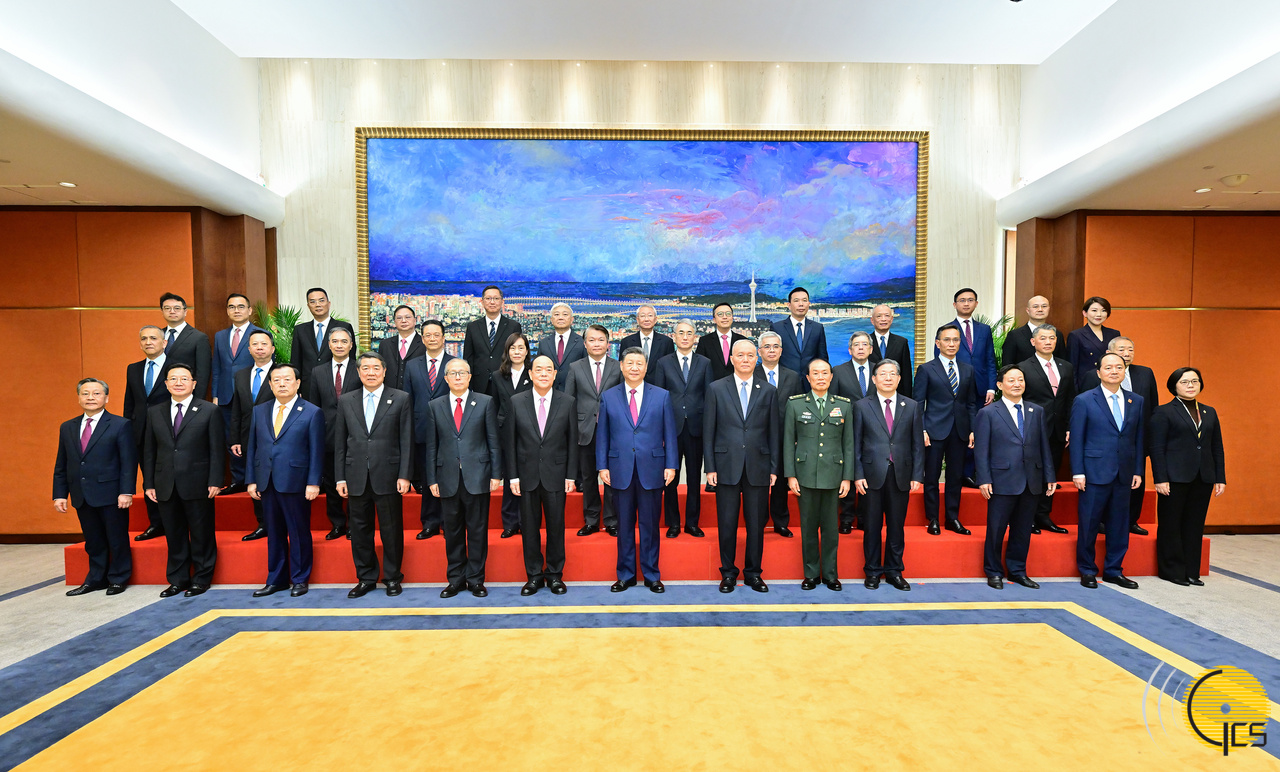Over the course of the US occupation of Afghanistan, which began 20 years ago till August 2021, the US has invested billions of dollars in major infrastructure projects, schools, hospitals, water and energy facilities as well as construction of thousands of miles of roads.
Indeed now Afghanistan has miles of asphalt roads, but not across Afghanistan, Afghans in provinces and rural areas still travel on poor roads. The same applies in schools, the Afghans were lacking schools, even in Kabul the capital city and regards to hospitals, there were several reports that US forces targeted hospitals and killed patients. After the incident the US forces called it a mistaken operation. Several hospitals were built but there were no treatment facilities, and no beds. Regarding water and energy, the Afghans are still scrambling with the lack of potable water.
Water and electricity shortages
On 8 of September, the residents of Kabul city said they are facing shortages of drinking water. One of the residents, Ahmad said that he walks everyday for about 30 minutes to bring drinking water home. Taliban said they have a plan to bring water to Kabul from Panjshir province and the project costs between $120 to $150 million to annually transfer 120 million cubic meters of water to Kabul. And in regards to energy, Afghanistan is still facing a huge difficulty in terms of electricity. Afghanistan imports 78% of its electricity from abroad. Afghanistan’s state power company Da Afghanistan Breshna Sherkat (DABS) in October of 2021, appealed for $90 million to settle nearly three months of unpaid electricity bills. DABAS said that the neighboring states have the right to cut the power because they did not pay money to them but we convinced them that they pay them. Afghanistan usually pays $20-$25 million a month to Uzbekistan, Tajikistan, Turkmenistan, and Iran for electricity.
US against hydroelectric dams in Afghanistan
Once there was a report that a top US official said that they don’t have a plan to build hydroelectric dams to produce energy, and told the Afghan officials to use imported electricity and generators to produce electricity. Afghanistan has several dams and the money that was spent on buying electricity from neighboring countries, was better spent on operationalizing these dams. Reportedly the US official was Robert Gates, the former US defense secretary who opposed the idea of building dams in Afghanistan.
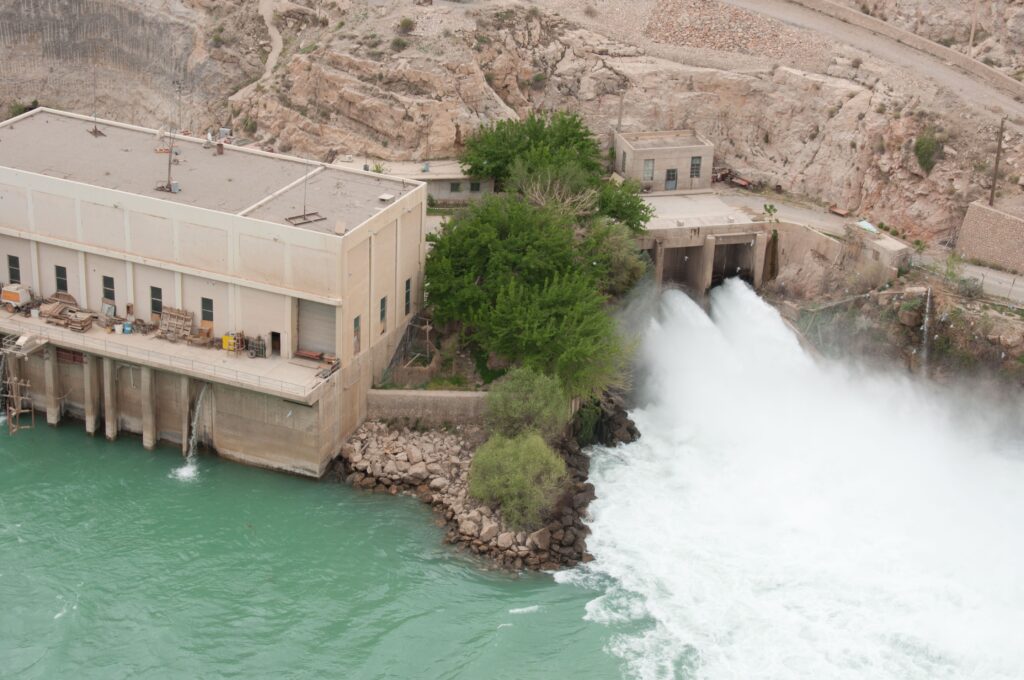
Dahla Dam in southern Afghanistan
The US also did not help to improve the agriculture sector in Afghanistan as well, despite knowing the fact that Afghanistan is an agricultural land and over 40% of the population engaged in agricultural activities and 77% percent of Afghans in rural areas were engaged in farming. There was some work, but not a fundamental one. Irrigation system was also very poor and many farmers were complaining about the lack of water.
US spent $145 billion dollars in Afghanistan reconstruction
According to the SIGAR report, the US has spent 145 billion dollars in the reconstruction of Afghanistan over the past twenty years, which is considerably more than the Marshall Plan’s budget for the reconstruction of sixteen European nations. But the ground reality is speaking today of a fact that these money were either ended up in the pocket of corrupt US and Afghan officials or transformed back to US through various ghost projects.
Indeed, After September 11, 2001, Afghanistan’s economy did grow, but fundamental work in this sector was not done. The World Bank report shows Afghanistan’s GDP from 2002 to 2014; the graph increases and reaches from 4 billion to 20 billion dollars, but then it declines once again.
Afghanistan’s GDP per year according to the World Bank’s report
- 4 billion dollars in 2002
- 4.5 billion dollars in 2003
- 5.23 billion dollars in 2004
- 6.21 billion dollars in 2005
- 6.97 billion dollars in 2006
- 9.75 billion dollars in 2007
- 10.11 billion dollars in 2008
- 12.42 billion dollars in 2009
- 15.86 billion dollars in 2010
- 17.81 billion dollars in 2011
- 19.91 billion dollars in 2012
- 20.15 billion dollars in 2013
- 20.5 billion dollars in 2014
- 19.13 billion dollars in 2015
- 18.12 billion dollars in 2016
- 18.75 billion dollars in 2017
- 18.5 billion dollars in 2018
- 18.8 billion dollars in 2019
- 20.12 billion dollars in 2020
- 15 billion dollars in 2021
Afghans fragile economy
However, with the withdrawal of US forces and the collapse of the republic administration, Afghanistan’s economy was abruptly on the brink of collapse and especially after seizing $9b in Afghan assets by the US, several infrastructure projects that had been started with government funds were not finished. The US has never supported fundamental projects, even the work of large regional projects such as CASA-1000, TAP and TAPI started over six years ago, have not been completed so far.
The TAPI project, which was launched by the leaders of Afghanistan, Turkmenistan, Pakistan, and India in December 2015, was supposed to be operationalized by the end of 2019, but is yet to finish. Currently the practical work on this project has been halted and it is unclear when the gas pipeline will pass through Afghanistan to provide the country with gas, and also help Pakistan and India in transforming gas through a pipeline.

 EUROPE1 week ago
EUROPE1 week ago
 OPINION2 weeks ago
OPINION2 weeks ago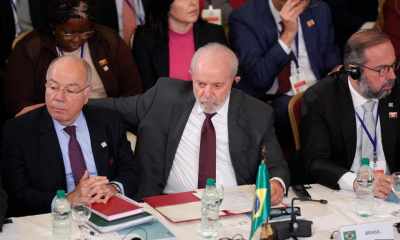
 OPINION1 week ago
OPINION1 week ago
 DIPLOMACY2 weeks ago
DIPLOMACY2 weeks ago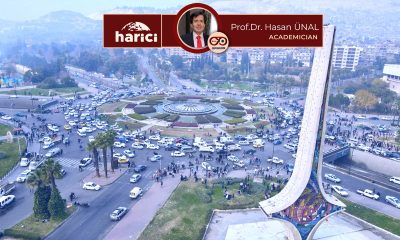
 OPINION2 weeks ago
OPINION2 weeks ago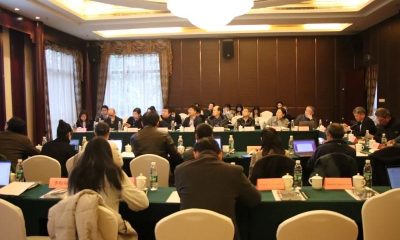
 ASIA1 week ago
ASIA1 week ago
 MIDDLE EAST1 week ago
MIDDLE EAST1 week ago
 MIDDLE EAST2 weeks ago
MIDDLE EAST2 weeks ago
